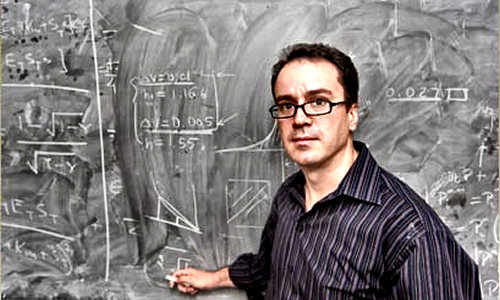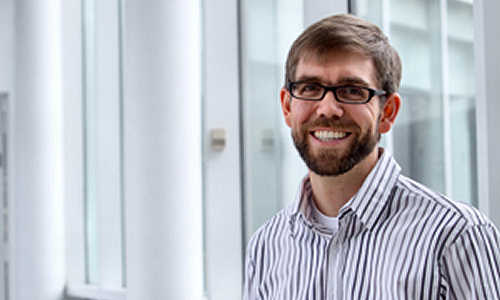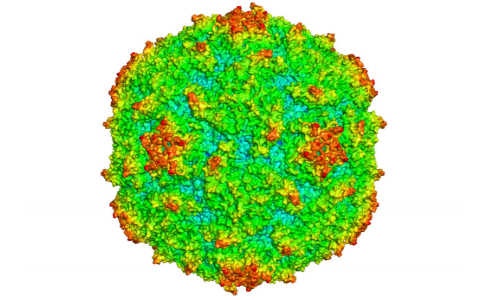A long-standing challenge in synthetic biology has been to create gene circuits that behave in predictable and robust ways. Mathematical modeling experts from the University of Houston (UH) collaborated with experimental biologists at Rice University to create a synthetic genetic clock that keeps accurate time across a range of temperatures. The findings were published in a recent issue of the Proceedings of the National Academy of Sciences.
Krešimir Josić, professor of mathematics in UH’s College of Natural Sciences and Mathematics
“Synthetic gene circuits are often fragile, and environmental changes frequently alter their behavior,” said Krešimir Josić, professor of mathematics in UH’s College of Natural Sciences and Mathematics. “Our work focused on engineering a gene circuit not affected by temperature change.”
Synthetic biology is a field in which naturally occurring biological systems are redesigned for various purposes, such as producing biofuel. The UH and Rice research targeted the bacterium E. coli.
“In E. coli and other bacteria, if you increase the temperature by about 10 degrees the rate of biochemical reactions will double – and therefore genetic clocks will speed up,” Josić said. “We wanted to create a synthetic gene clock that compensates for this increase in tempo and keeps accurate time, regardless of temperature.”
The UH team, led by Josić and William Ott, an assistant professor of mathematics, collaborated with the lab of Matthew Bennett, assistant professor of biochemistry and cell biology at Rice. Josić, Bennett and Ott have been working together on various research projects for three years. The team also included UH postdoctoral fellow Chinmaya Gupta.
According to Bennett, the ability to keep cellular reactions accurately timed, regardless of temperature, may be valuable to synthetic biologists who wish to reprogram cellular regulatory mechanisms for biotechnology.
The work involved engineering a gene within the clock onto a plasmid, a little piece of DNA that is inserted into E. coli. A mutation in the gene had the effect of slowing down the clock as temperature increased.
UH researchers created a mathematical model to assess the various design features that would be needed in the plasmid to counteract temperature change. Gupta showed that the model captured the mechanisms essential to compensate for the temperature-dependent changes in reaction rates.
The computational modeling confirmed that a single mutation could result in a genetic clock with a stable period across a large range of temperatures – an observation confirmed by experiments in the Bennett lab. Josić’s team then confirmed the predictions of the models using real data.
“Having a mechanistic model that allows you to determine which features are important and which can be ignored for a genetic circuit to behave in a particular way allows you to more efficiently create circuits with desired properties,” Gupta said. “It allows you to concentrate on the most important factors necessary in the design.”
“Throughout this work, we used mathematical models to find out what is important in designing robust synthetic gene circuits,” Josić said. “Computational and mathematical tools are essential in all types of engineering. Why not for biological engineering?”
Josić, Ott and Bennett’s research is funded by the National Institutes of Health through the joint National Science Foundation/National Institute of General Medical Sciences Mathematical Biology Program.
Story Source:
The above story is based on provided by The University of Houston, Lisa Merkl.





